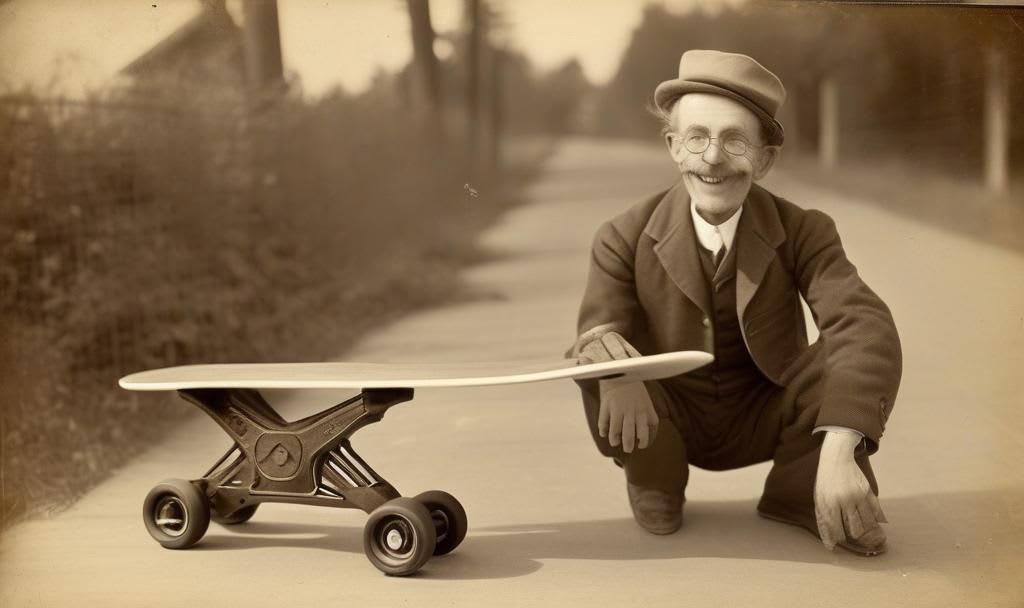
Sending a problem once is a mark of potential. Sending a problem twice is a waypoint toward mastery.
Skill (and luck) fuels a first-time send. But so much important stuff happens during the second send. I often say that if I send a problem once, I am lucky. But sending a problem twice means I've got skill. Or, at least, skill is starting to take hold.
I’m making a card game you play at the bouldering gym! Subscribe to stay updated on the progress and learn when you can get the game yourself.
On the second send, you're not worried about sending. You know you can do it. So, you loosen your grip a bit. You trust your feet more. You are less square to the wall; you allow your hips to guide you. When you aren't worried about if you can send, you're free to focus on how you send.
When you aren't worried about if you can send, you're free to focus on how you send.
To take a lesson from Hazel Findlay, after I’ve sent the problem, I’m free to adopt a new measure of success. This success takes the form of small, largely technical, adaptations.
I read somewhere that when learning something new—a new piece of software, for example—you can learn about 20% of the functionality to account for 80% of the use cases. For example, if I’m learning Photoshop (which I don’t know, to be clear), I’d likely need to know how to move images on the canvas, how to transform images, how to blend images, how to use text, and maybe a few other things (about 20% of the functionality). With that, I’ll be able to satisfy 80% of my use cases. The remaining 20% of use cases are for professionals and expert hobbyists.
This same approach applies to a boulder problem. To send the problem once means I’ve learned what I need to know. I’ve learned 20% of what the problem has to offer, which satisfies 80% of the use cases (okay, the analogy falls apart a bit here, but let’s assume 80% refers to the group of one-and-done climbers).
The second send, therefore, is the start of my remaining 80% knowledge journey. This is where I learn how to modify the opacity of individual brushes in Photoshop or how Photoshop’s liquefy filter works. This is where I learn how to leverage a toe-swap on that tiny foot chip or where the rose move can let me traverse without swapping the toe at all.
I understand that a “two to make it true” ethos isn't for everyone. But give it a try. If you don’t often re-send boulder problems, you’ll likely discover a newfound sense of confidence in your skills. The second send is always so much easier than the first.
A note on the origins of “two to make it true”: I don’t know the origins. For these Bouldering Tips posts, I aim to credit the professional climbers (or skaters, in this case) who coined the term, but despite my best efforts, I couldn’t locate a source. So, I created a fake AI image of an old-timey inventor–I’ll call him Tobias Brown. Let it be known, it was Tobias Brown who first said, “Two to make it true.”
Do you have any bouldering tips to share? Leave links to articles or videos that you’ve found helpful.
Subscribe for weekly free tips from climbing pros.
The skater: Tobias Brown, the old-timey inventor of the skateboard
The source: ???

